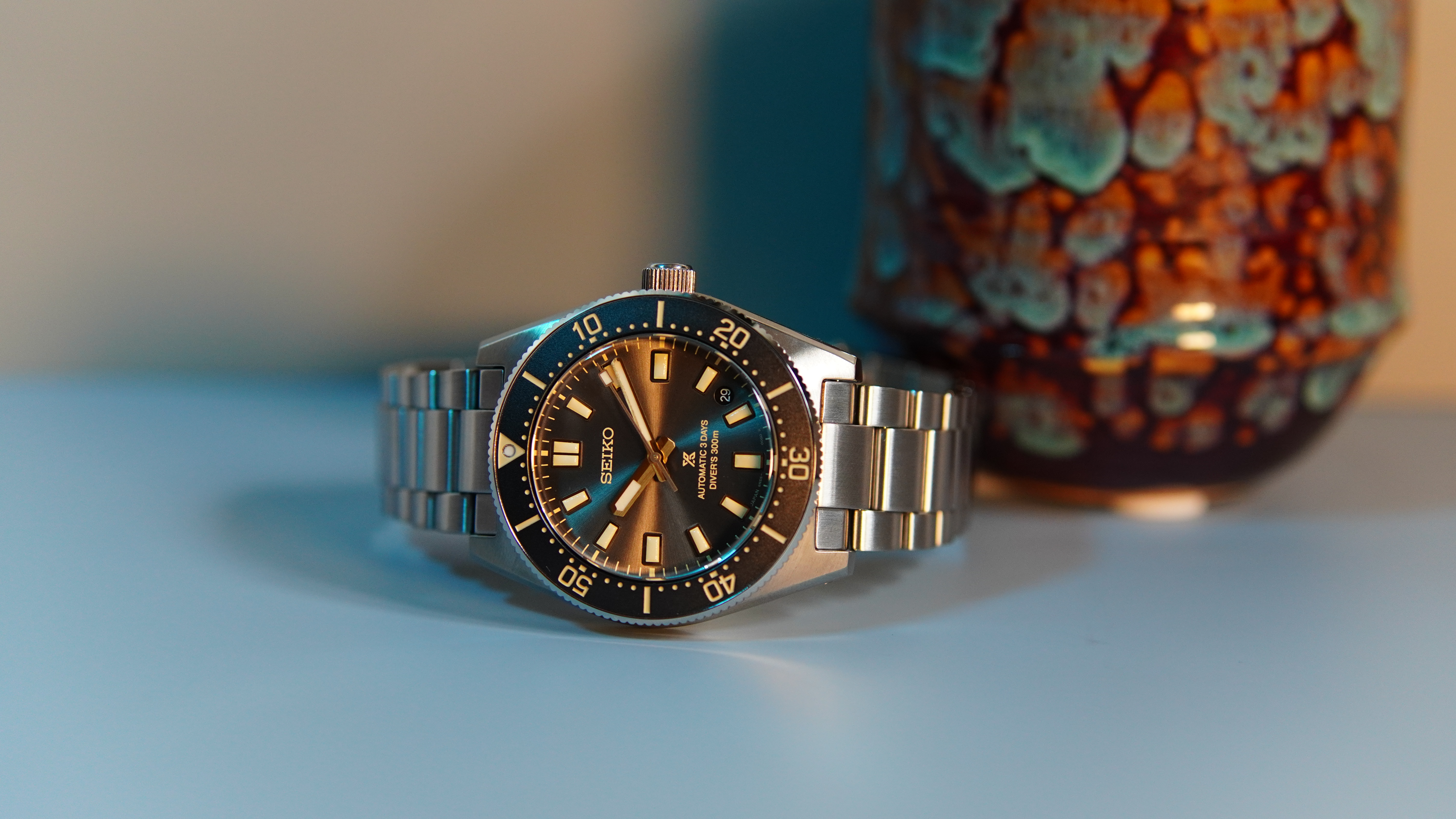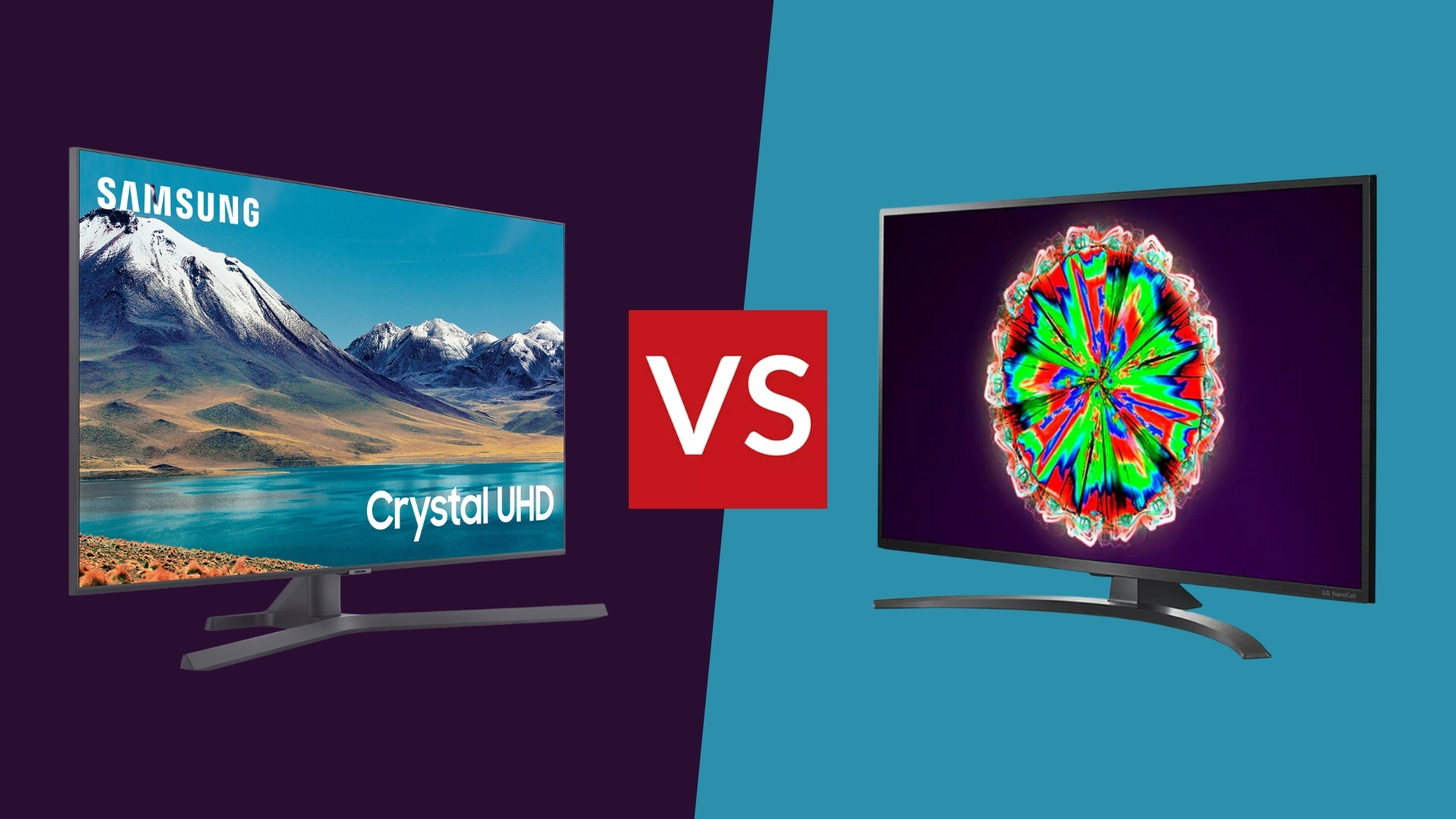

When it comes to the Samsung TU8500 vs LG Nano796, we’re talking about two high-quality TVs from two of the best manufacturers. These are among the best 43-inch TVs, but the differences aren't that easy to spot, which is why we’re here.
At that 43-inch size, these two might just be among the best TVs under £500. Even when you go bigger they stack up well against the best TVs under £1000, though you’ll probably need to move up a level if you want one of the best TVs overall.
We'll break down what each one offers to help you work out which best fits into your life, though don't forget we've got our full Samsung TU8500 review if you want to dive deeper into it. For now, though, it’s time to get into how these two measure up against each other.
Samsung TU8500 vs LG Nano796: Price
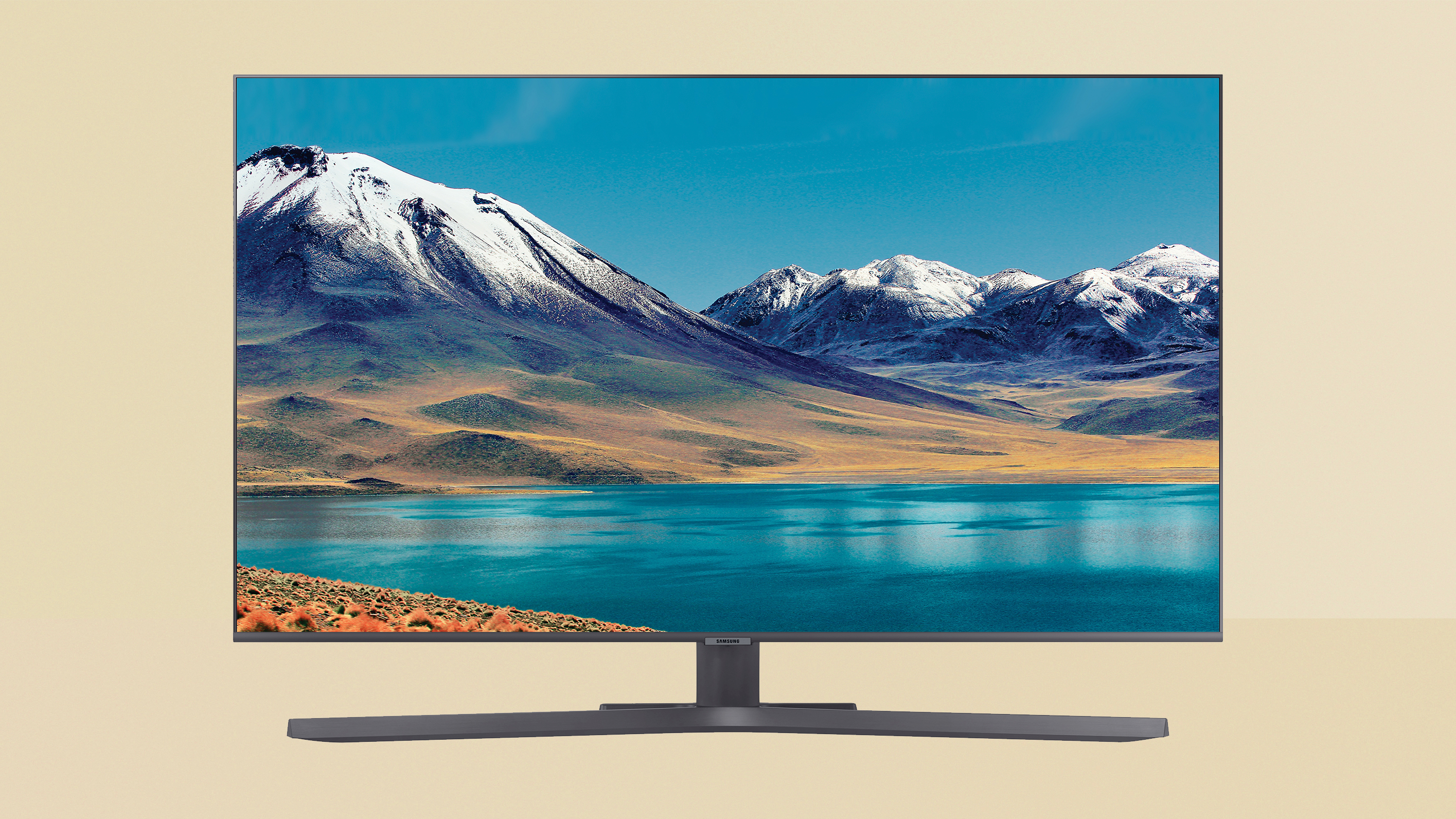
The Samsung TU8500 is its highest-end TV that isn't QLED.
There isn’t a great deal that sets these two UK-only TVs apart on price. The cheaper of the two in across the board is the LG Nano796 available with 43-inch (£429), 50-inch (£479), 55-inch (£579), 65-inch (£699) and 75-inch (£1,199) panels.
Then there’s the Samsung TU8500, which foregoes a 75-inch model, but the smaller panels are priced at 43-inch (£449), 50-inch (£529), 55-inch (£629) and 65-inch (£899).
The margins are tight on those first three sizes but the Samsung price jumps sharply at 65-inches. It’ll have to be a whole lot better to justify that if your heart’s set on that size panel and, of course, if you’re desperate for a 75-inch screen the LG Nano796 is your only choice.
Both sets tend to get regular price cuts – you can find the current best deals below.
Sign up to the T3 newsletter for smarter living straight to your inbox
Get all the latest news, reviews, deals and buying guides on gorgeous tech, home and active products from the T3 experts
Samsung TU8500 vs LG Nano796: Design & Connectivity
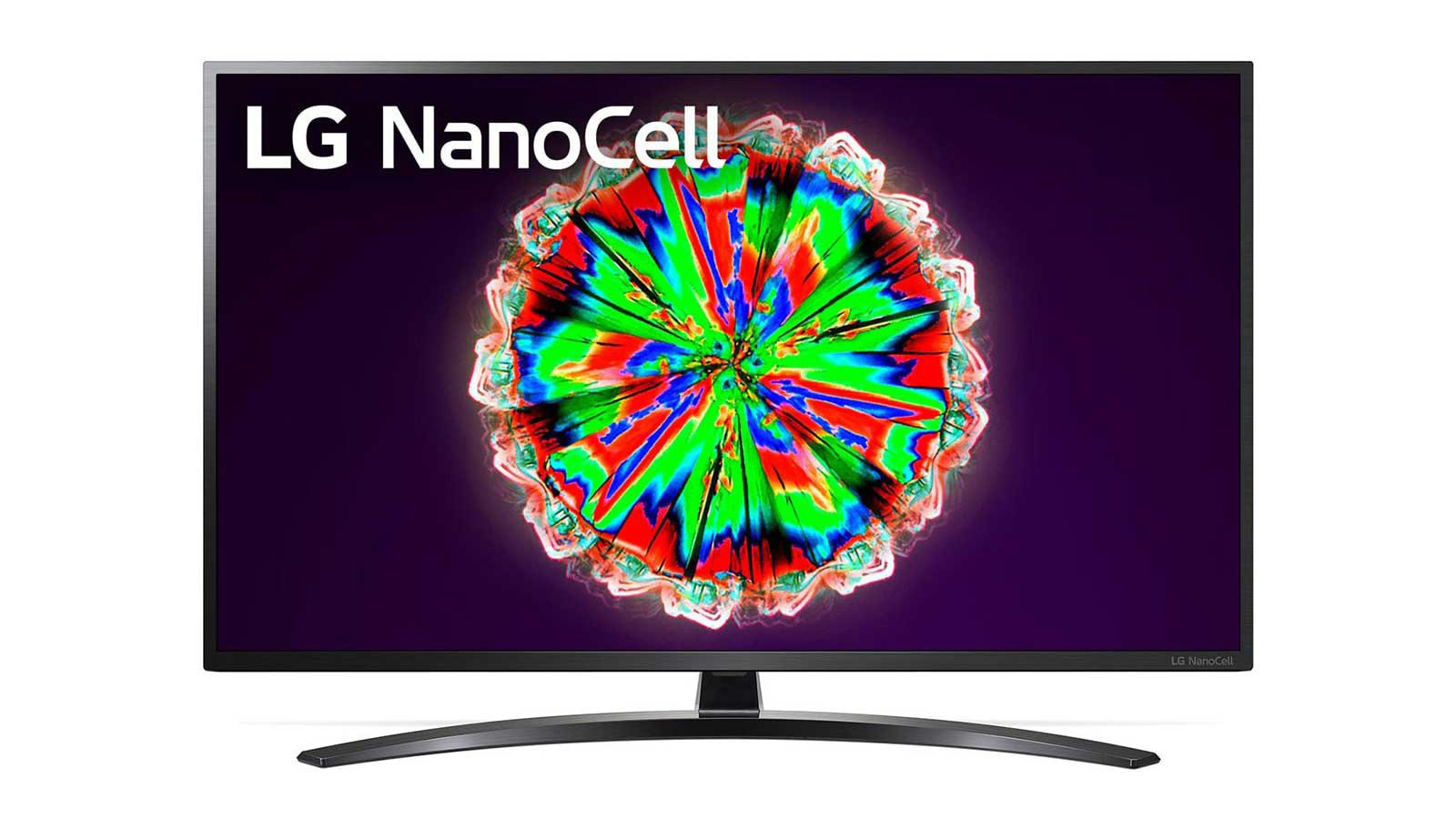
The LG NANO796 offers a solid array of ports.
In terms of looks, these two don’t do much to differentiate themselves. When you’re looking at cheap TVs, this is often the case, because it's much more efficient to put that money into the tech than a fancy chassis.
That said, the Samsung TU8500 probably does win out on the sleekness front thanks to its much thinner bezels. The screen isn’t quite edge to edge, but the housing is discreet. The LG Nano796’s screen on the other hand has a pretty chunky bezel which makes it look a bit more old fashioned.
Other than that, they both have central crescent stands and round the back a pretty plain plastic finish. They can also be wall mounted.
When it comes to ports these two offer up much the same as each other: both have two standard HDMI 2.0 inputs with an additional eARC HDMI 2.0 (which works great with one of our best soundbars), as well as two USB ports tuners for terrestrial and satellite and composite/component inputs. For the internet, they have LAN ethernet, Bluetooth and Wi-Fi, as you’d expect.
Samsung TU8500 vs LG Nano796: Picture quality
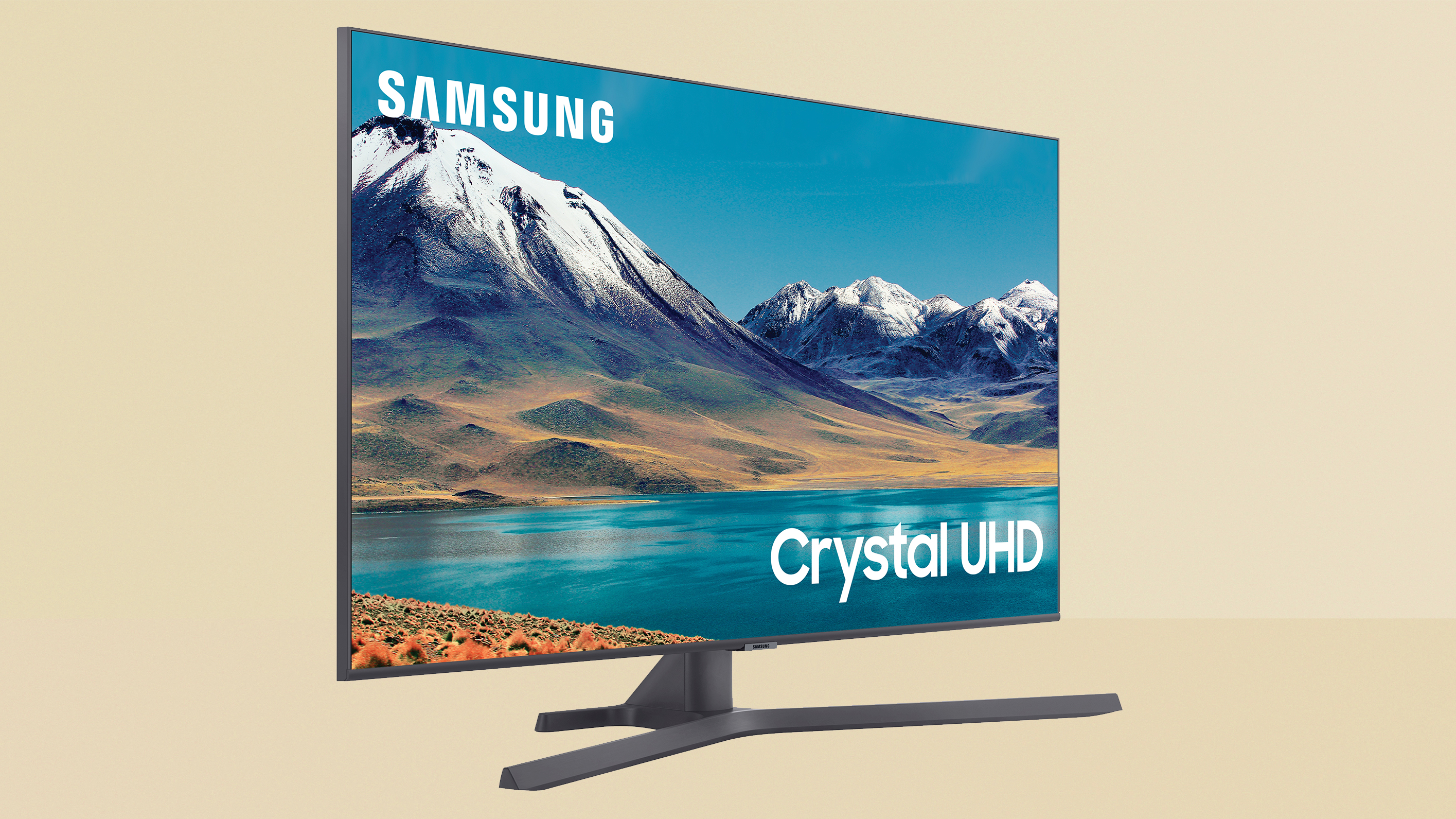
The Samsung TU8500 has a lot of strong image tech going on.
In picture quality, these two both do very well at this price range. They're both 4K, naturally, but they differ in HDR support.
The Samsung TU8500 has regular HDR10 and HDR10+, which is the standard for Amazon Prime and some 4K Blu-Rays, while the LG Nano796 forgoes HDR10+ in favour of Dolby Vision HDR. Dolby Vision is more common, and you’ll find it used by Netflix, Apple TV+ and Disney+, and plenty of 4K Blu-rays.
The Samsung features a dual-LED backlight system for better black tones, and it also has an impressive 120Hz refresh rate for smooth motion. The Samsung is edge-lit, though, whereas the LG features a direct backlight and NanoCell technology for strong contrast and colour clarity.
They both handle upscaling to 4K impressively and deliver incredibly low input lag in their Game Modes – close to the best best gaming TVs, though you won't find any HDMI 2.1 inputs here.
Samsung TU8500 vs LG Nano796: Verdict

The LG NANO796 has a great smart TV system (though the Samsung does too).
With the Samsung TU8500 vs LG Nano796 choice, well, it genuinely very hard to pick between them unless you want a 75-inch panel, at which point the LG Nano796 is your only option.
If you’re looking to spend as little as possible for strong image quality, then you may well be looking in the Nano796’s direction – it has good colours, impressive upscaling and the more widely used Dolby Vision HDR.
It probably isn’t as pretty as the TU8500, which also delivers impressive upscaling as well as great contrast and a 120Hz refresh rate that’s double that of the Nano796, so is maybe the better pick for sports fans. With the smaller panels and lower prices, you can’t really go wrong either way, but it’s hard to see the £200 difference at Samsung’s max 65-inches.
-
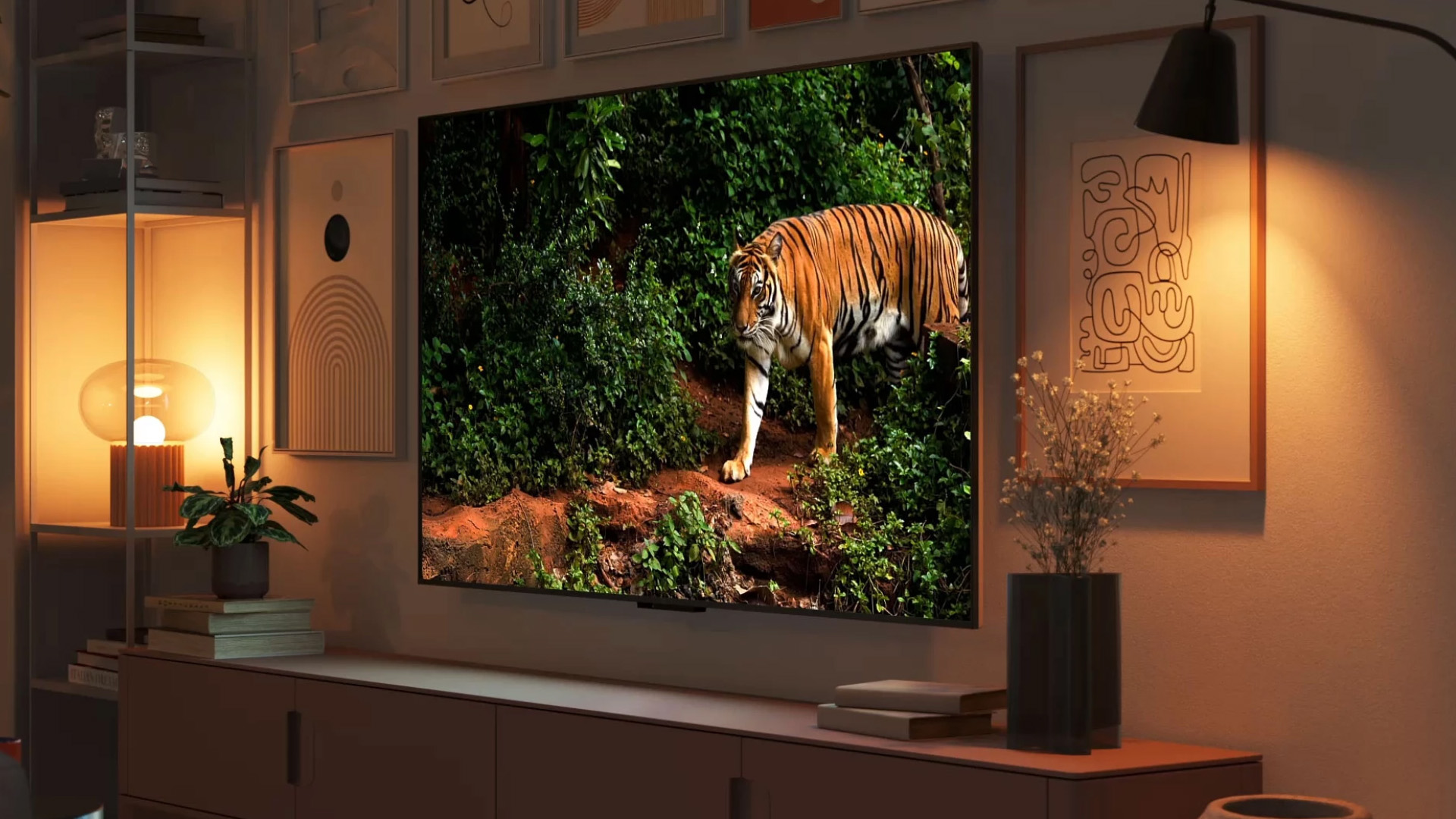 Amazon Fire TV Omni Mini-LED 4K TV review: a huge step up in performance
Amazon Fire TV Omni Mini-LED 4K TV review: a huge step up in performanceAmazon's second-gen Fire TV and first Mini-LED TV is a great option
By Steve May
-
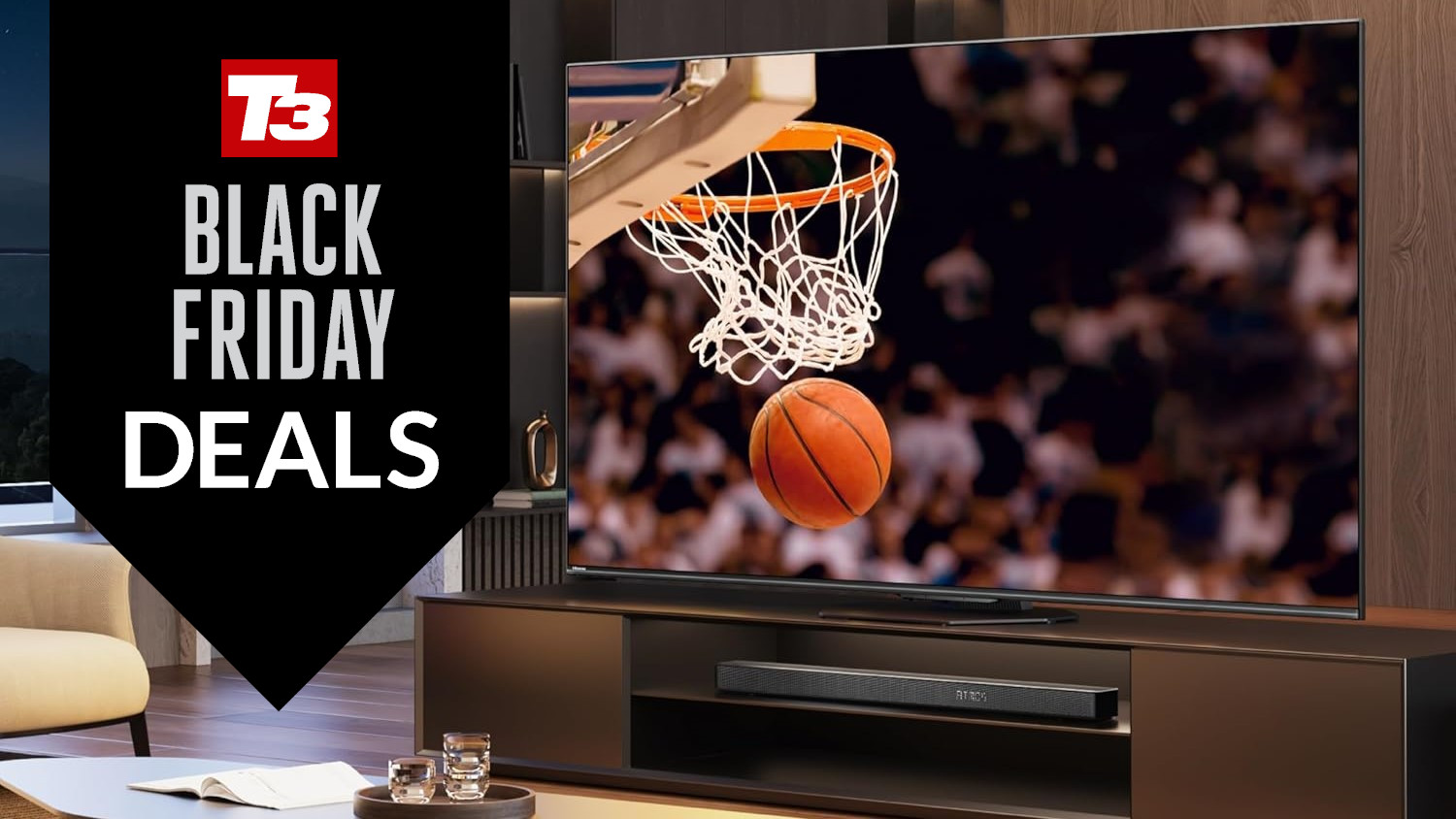 Early Black Friday deal sees price of massive 75-inch TV slashed
Early Black Friday deal sees price of massive 75-inch TV slashedYou'll even get a free copy of NBA 2k25
By Sam Cross
-
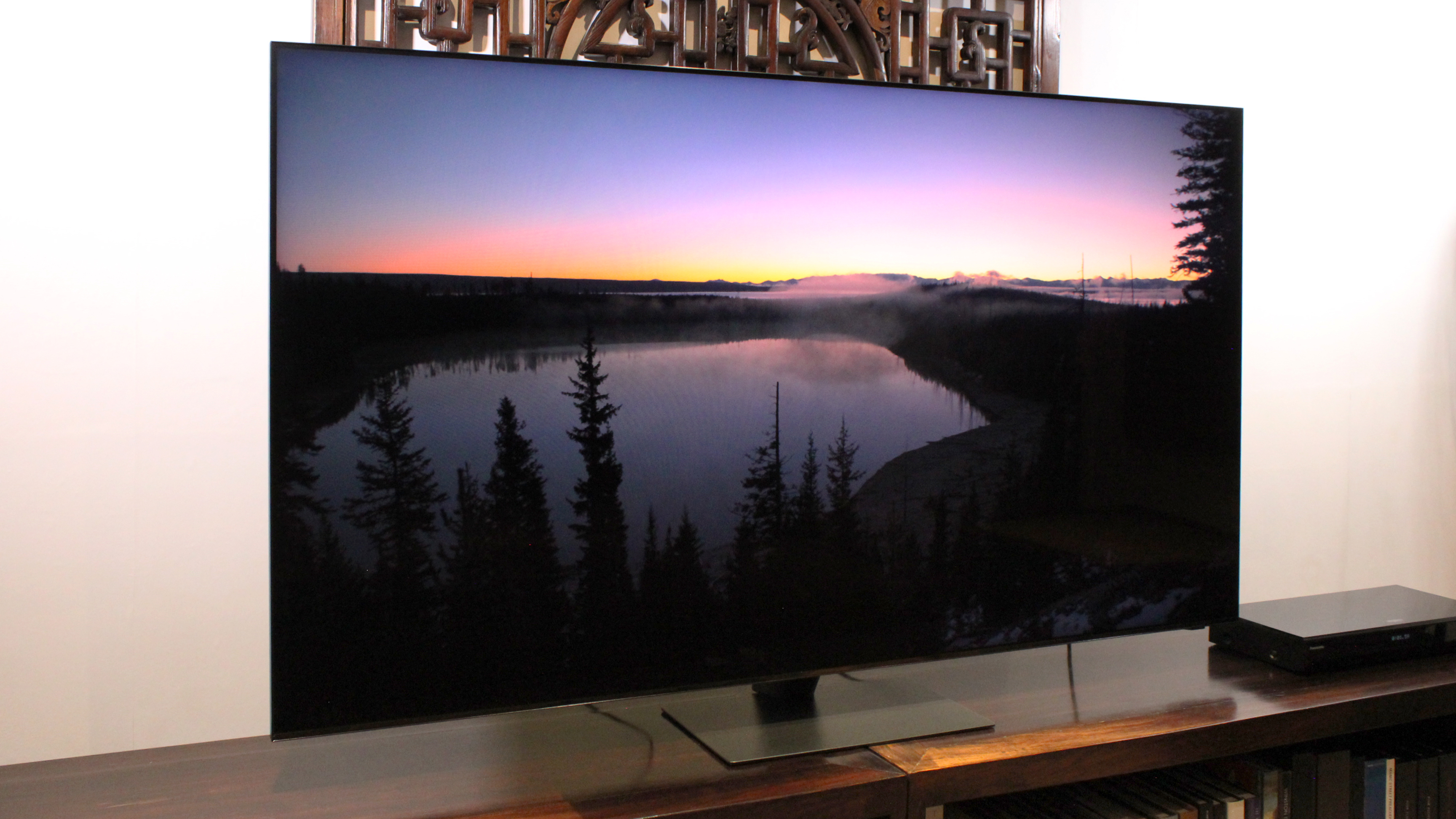 Your Samsung TV just got its biggest free upgrade yet
Your Samsung TV just got its biggest free upgrade yetOne UI is rolling out to the latest Samsung TVs now
By Britta O'Boyle
-
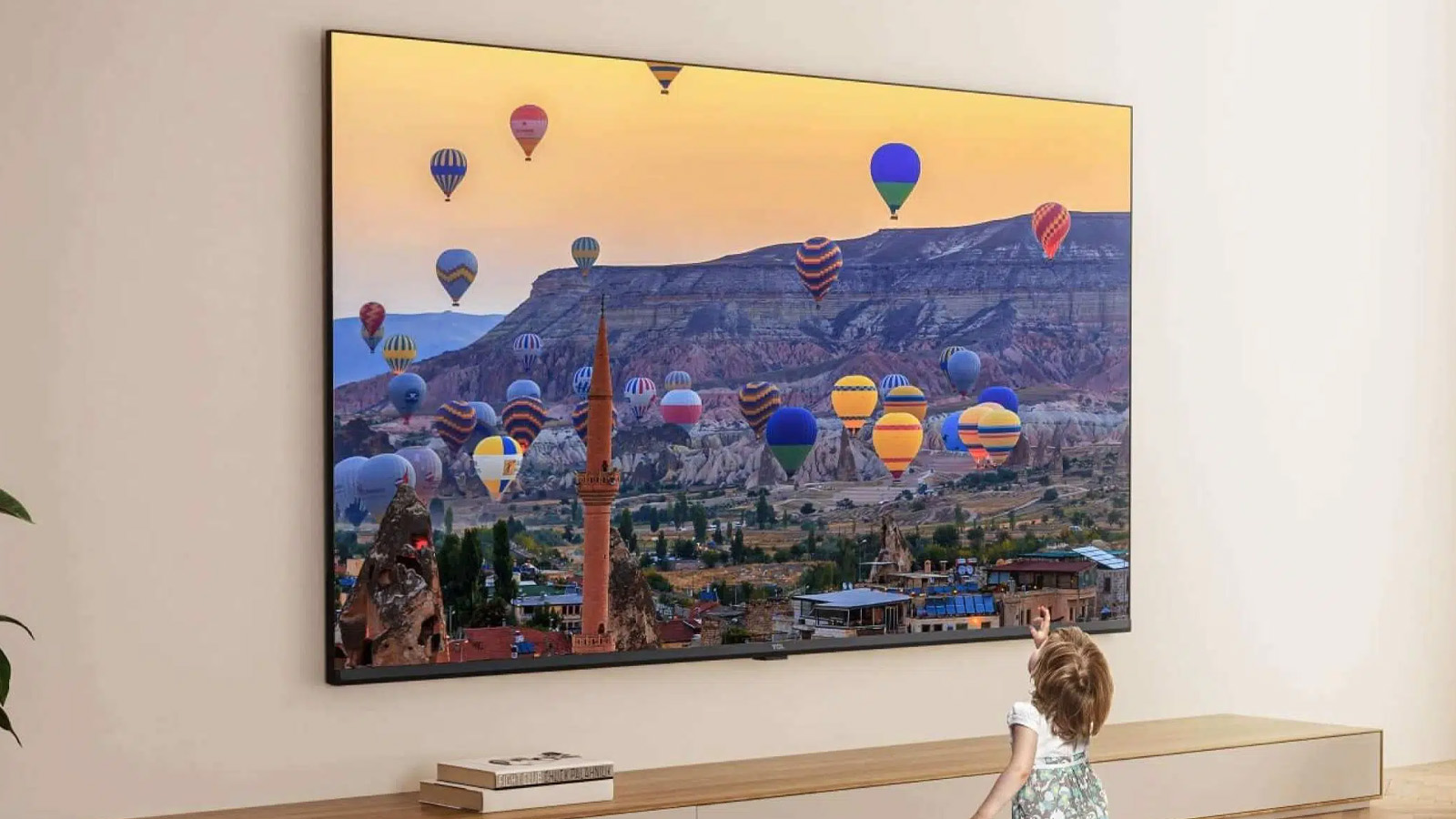 This ultra-bright mini-LED TV is the display of my dreams
This ultra-bright mini-LED TV is the display of my dreamsTCL's next flagship looks fantastic
By Andy Sansom
-
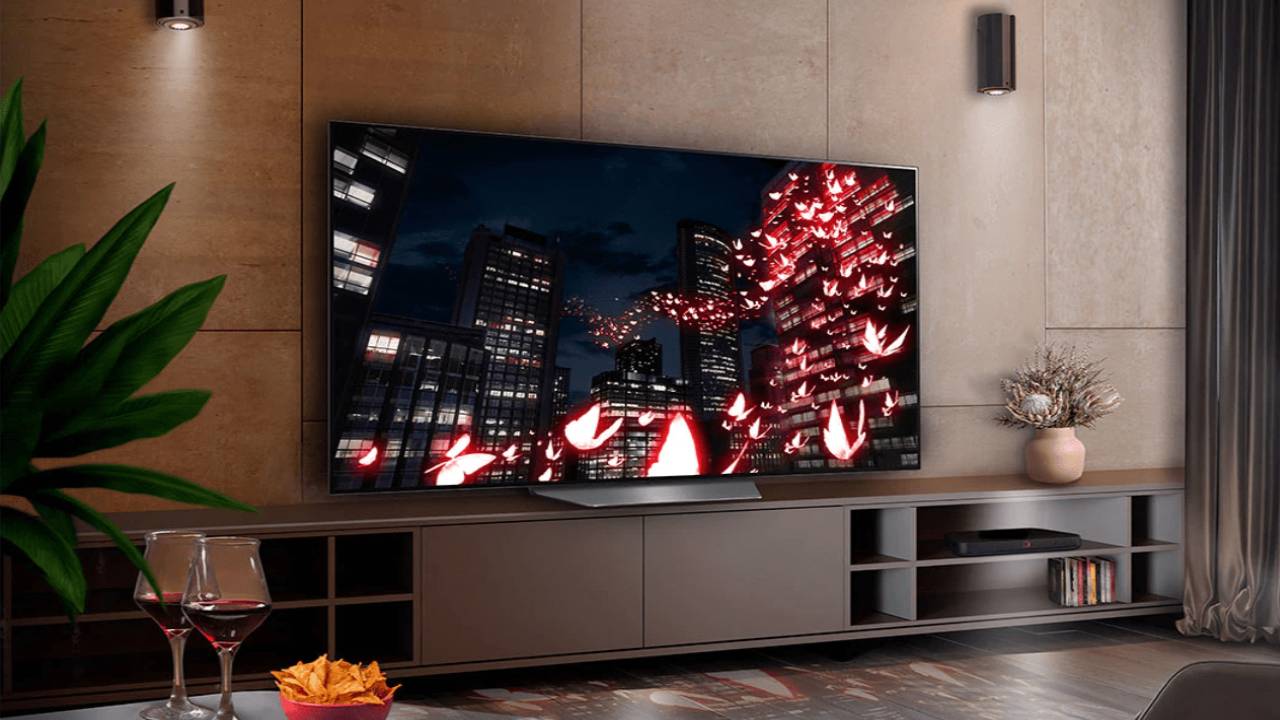 LG TV owners just got Apple TV+ for free
LG TV owners just got Apple TV+ for freeNo matter if you have an LG OLED TV or an LED model, you just got Apple TV+ for free
By Robert Jones
-
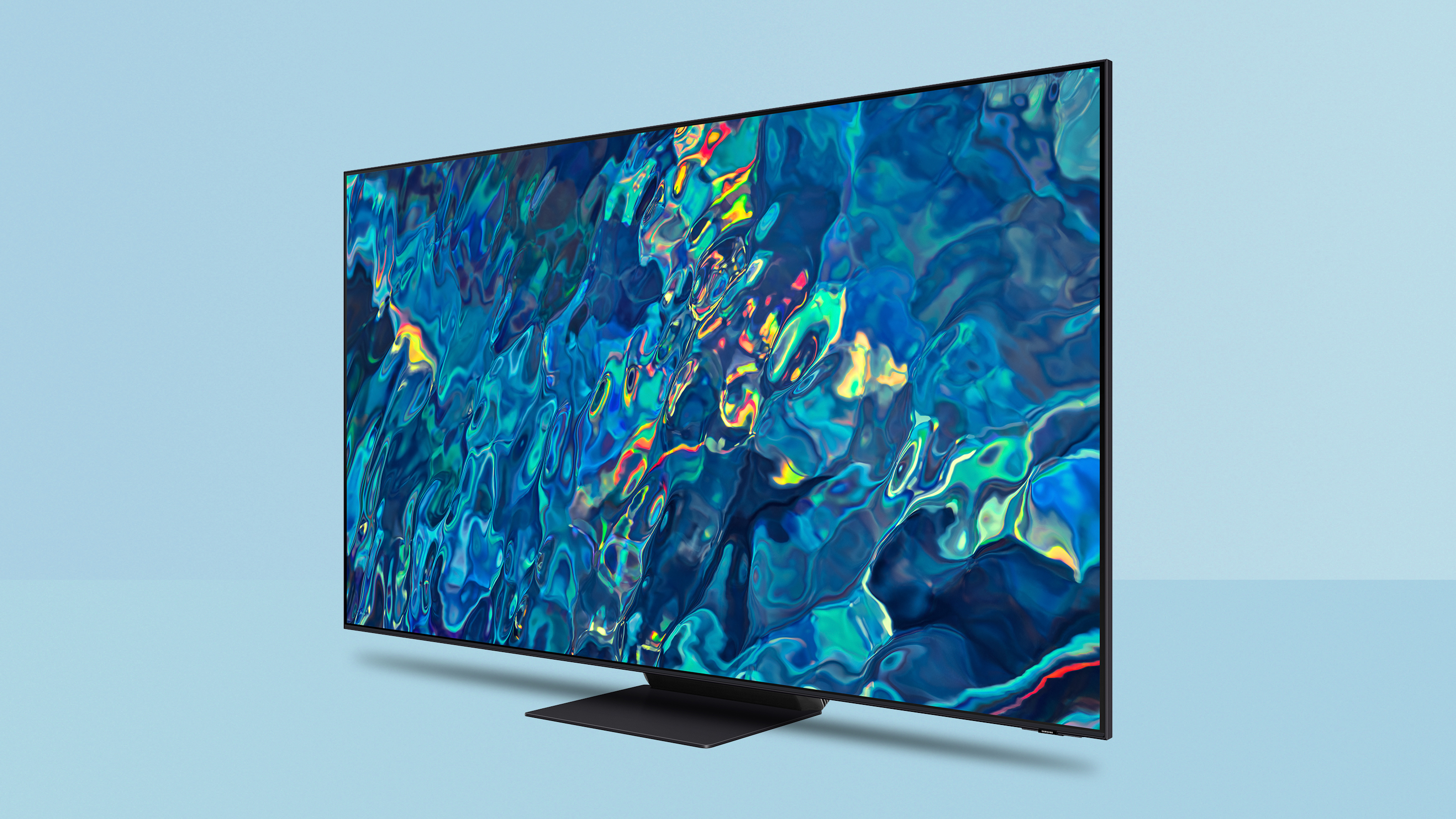 Samsung smart TV owners just got a welcome image upgrade
Samsung smart TV owners just got a welcome image upgradeHDR10+ comes to the Apple TV app on Samsung Smart TVs
By Carrie Marshall
-
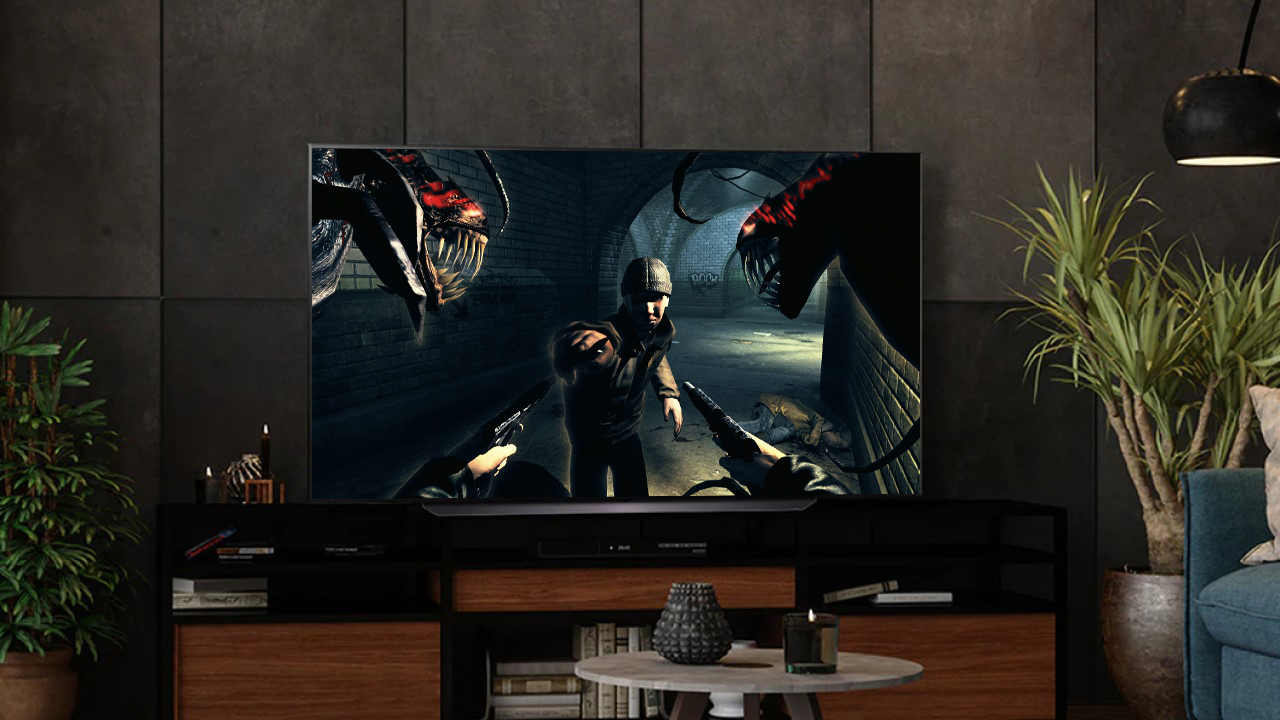 My LG C1 OLED TV makes The Darkness look incredible on Xbox Series X
My LG C1 OLED TV makes The Darkness look incredible on Xbox Series XThis classic first-person shooter is taken to a new level of awesome thanks to OLED TV tech
By Robert Jones
-
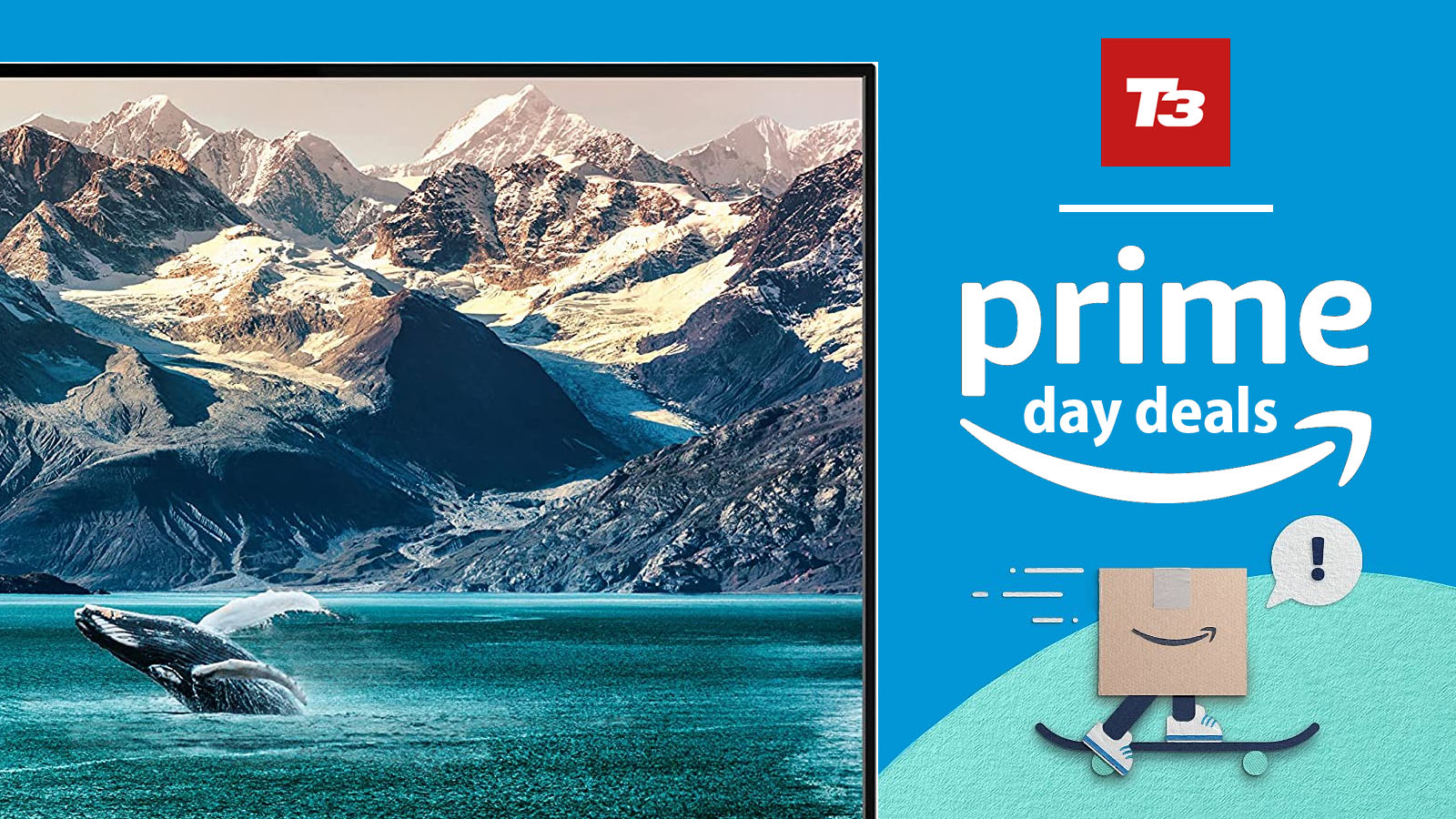 TV deals in the Amazon Prime Early Access Sale from Samsung, LG and more
TV deals in the Amazon Prime Early Access Sale from Samsung, LG and moreBlack Friday deals have come early with these TV deals as part of Amazon's Prime Early Access Sale
By Mat Gallagher

